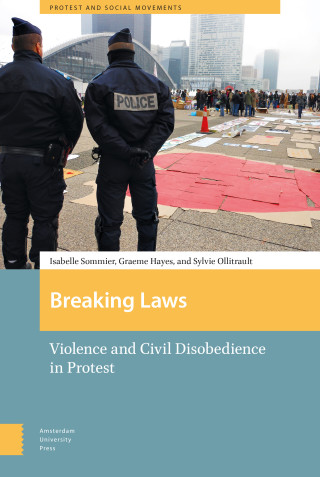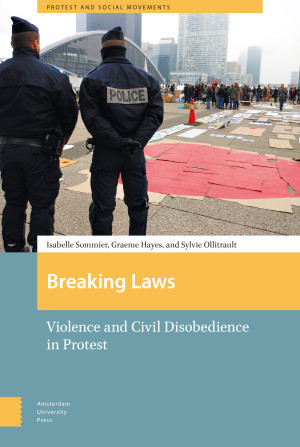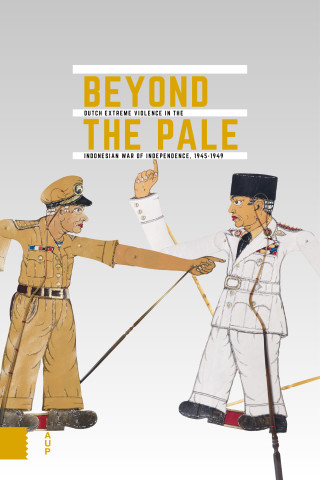Table of Contents
Acknowledgements
List of Abbreviations, Organizations, and Parties
Introduction to Breaking Laws
Part 1
Revolutionary Violence: Experiences of Armed Struggle in France, Germany, Japan, Italy and the United States
Isabelle Sommier
Translated by Marina Urquidi
1. Introduction to Part 1: Revolutionary Violence in Context
2. A Subject Concealed
Violence and Social Movements: Fragmented Analytic Traditions
Distinguishing Terrorism and Revolutionary Violence
The Silence Surrounding 1968
The '1968 years', a cycle of protest
3. A Revolutionary Period?
The International Context
The Student Revolts
The United States
Japan
Germany
France and Italy
The Generational Dimension of Revolt
The Growth of the Extreme Left
The United States
Japan
Germany
France
Italy
The Autonomous Movement
4. Radicalization Processes
Repression and Counter-Movements
Germany
Italy
Japan
The United States
Competition and Mutual Influences
The United States
Italy
Japan
France
Social Isolation
Germany
High-Risk Commitment and the Logics of Clandestine Action
5. Strategies of Violence
Propaganda of the Deed
The United States
Japan
France
Resistance and Urban Guerrilla Warfare
Germany
Italy
The Insurrectionary Model: Taking the Attack to the Heart of the State
Germany
Anti-Imperialism and the Transnationalization of Actions
Germany
France
Japan
6. The End of a Cycle
Anti-Terrorist Policies
The United States
Japan
France
Germany
Italy
A Farewell to Arms
Germany
Italy
France
7. Conclusion to Part 1
Part 2
Civil Disobedience
Graeme Hayes and Sylvie Ollitrault
8. Introduction to Part 2: Civil Disobedience in Perspective
9. Definitions, Dynamics, Developments
Theorising Civil Disobedience
Conscience and collective action, direct and indirect disobedience
'Performative' Civil Disobedience
Direct and indirect disobedience reconsidered
Conceptual Distinctions in Historical Overview
Quakerism
Henry David Thoreau (1817-1862)
Satyagraha according to Gandhi
The US Civil Rights Movement (1955-65)
Conclusion
10. Contemporary Movements: Genealogies and Justifications
Civil Disobedience in France
The cultural importance of manifestoes
Conscientious objection and anti-militarism
From Larzac to Notre Dame des Landes
Civil Disobedience and Urgency
Action and emergency
Urgency and environmental disobedience
Urgency and undocumented migrants
Disobedience and neo-liberal globalization
Global Justice
Professional identities
Conclusion
11. Repertoires of Civil Disobedience
The Constraints of Illegal Action
Disobedience as activist technique
Civil Disobedience and Media Representation
Greenpeace, reporters of their own action
Criminal Prosecution
Trials as political arenas
Civil disobedience and prosecution: the case of the GANVA
Networks of Commitment
Conclusion
12. Negotiating the Boundaries of Violence and Non-Violence
Property Destruction
Ploughshares Seeds of Hope
'Pro-life' direct action
The Effects of Direct Action
The INRA Colmar crop destruction
Anti-abortion clinic activism
Staging Action
Care and symbolism in action
The Relational Logic of Harms
The Semantic Construction of the Civic
Conclusion
13. Conclusion to Part 2
Biographical notes
Germany
France
Italy
The United States
Japan
Bibliography
Endnotes
Index





